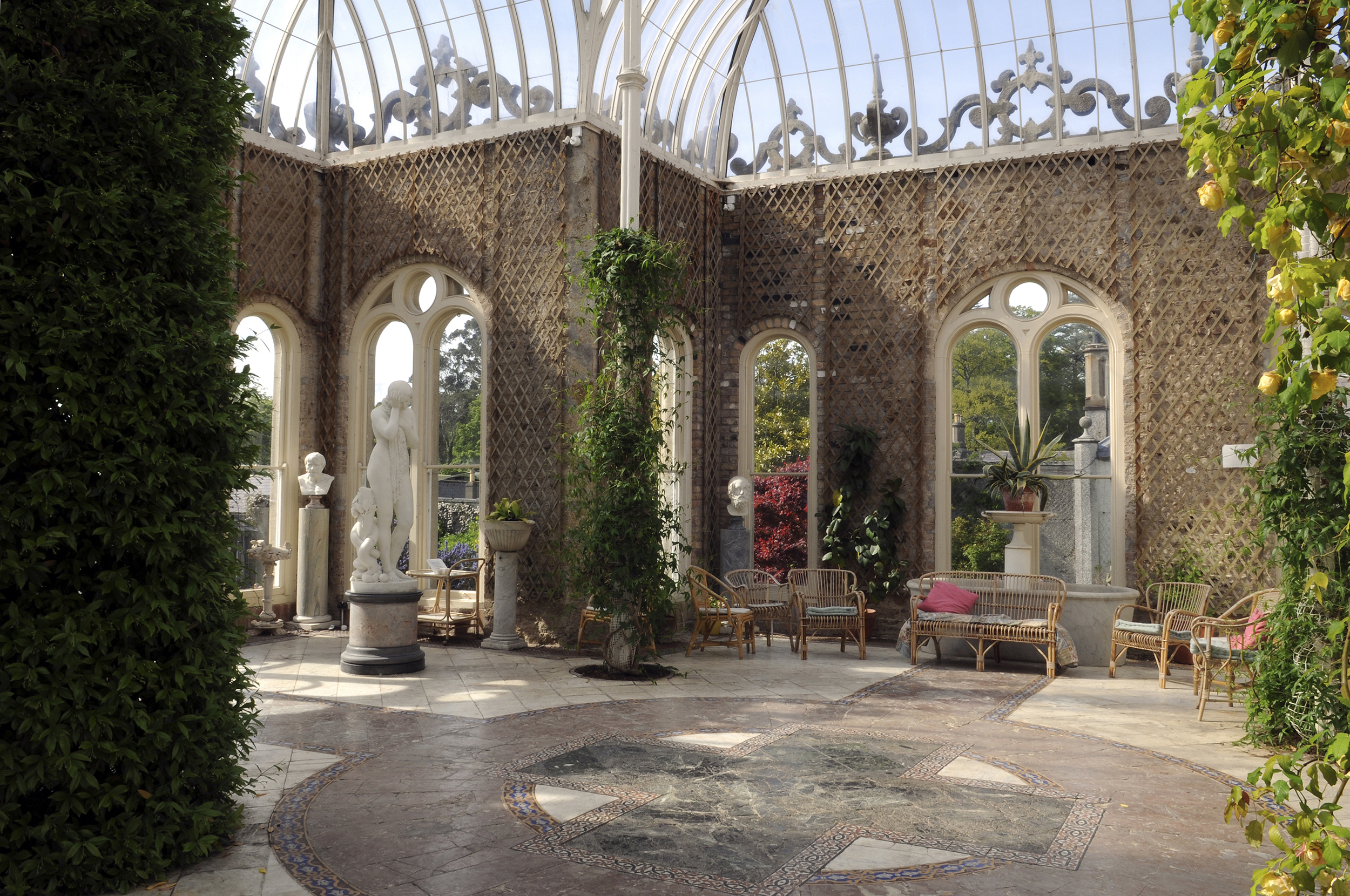
From small acorns grow mighty oaks, but from orange pips something equally grand have sprung forth: the orangery. The vogue for growing tropical and sub-tropical fruit in Northern Europe in the 17th and 18th centuries prompted architects to create ever-more elaborate spaces in which to grow things which otherwise wouldn't have a chance of thriving in our climate.
Dozens of Georgian buildings across Britain boast beautiful orangeries. There's one at Kew Gardens — built by Sir William Chambers in 1761 — and another at Hampton Court, while there are other beautiful examples at places such as Sezincote, Longleat and Killruddery to name but a few.
Then there's the most extraordinary building of the lot which sprang from this trend; it isn't an orangery, but is marvellously eccentric: the Dunmore Pineapple. It's a magnificently bonkers folly in Stirlingshire whose very existence tells you all you need to know about the mania for exotic fruit in 18th century Britain.
Kew's orangery actually proved to be a little too gloomy for really successful cultivation citrus fruit, and ended up being used for other purposes — these days, it's a cafe for the millions of visitors who come to the botanical gardens each year. Longleat's is also used for the same purpose – and they serve a fine afternoon tea.
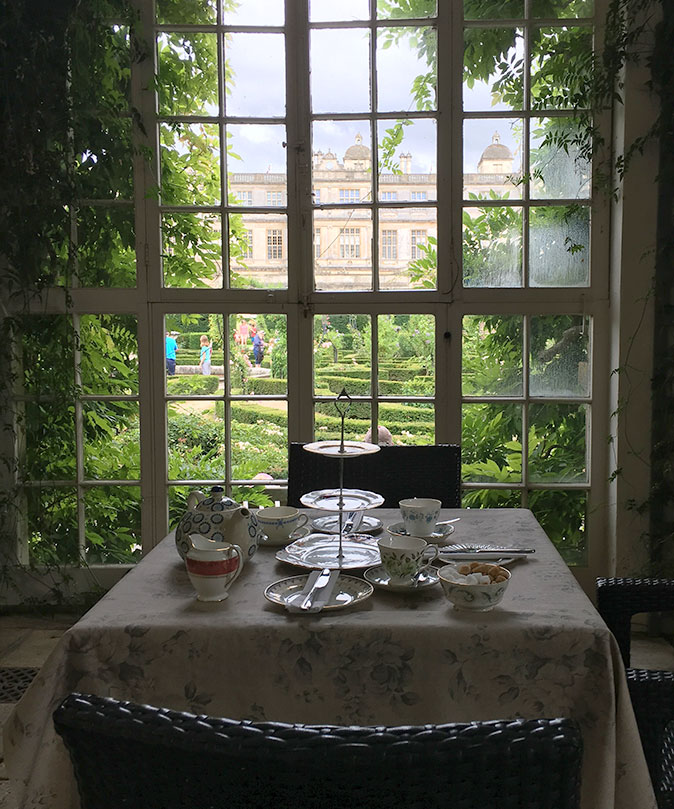
They're far from isolated cases. Orangeries across the country are now used not for growing fruit, but as beautiful, light-filled rooms that make the most of a fine, sunny aspect. Typically using more masonry and timber than a conservatory, they also link a house's inside to its outside in a pleasingly gentle manner.
Great care needs to be taken to repeat the shape and style of existing windows and other period-style features. 'Matching the brick or stonework during construction will all contribute to an orangery that fits seamlessly with the existing house,' explained Robert Warrington of Foxfurd when discussing the issues with Country Life a while back.
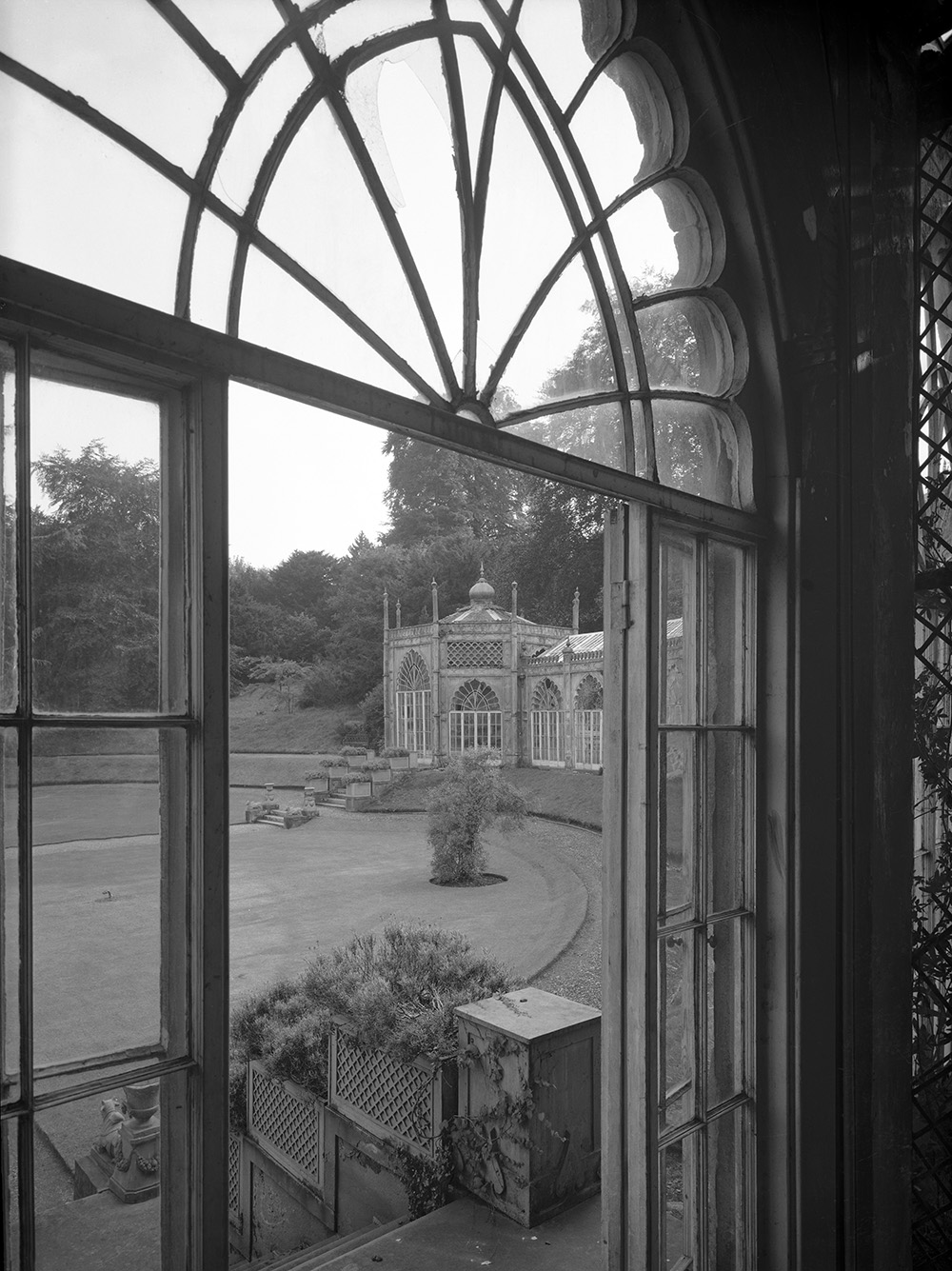
There was once a time when orangeries would be blast furnaces in summer and ice boxes in winter — the former 'problem' was, of course, once the point of the exercise. These days it can be easily overcome with modern technology. Glass can be triple-glazed for enormously effective insulation in winter and set up with UV-filtering and automatic ventilation for the summer, keeping your orangery perfect all year round.
Exquisite houses, the beauty of Nature, and how to get the most from your life, straight to your inbox.
Now all you have to do is decide how to furnish it – and whether or not to try your hand at growing a few oranges and lemons while you're at it.

How to build an orangery
Key considerations when constructing an orangery include design, lighting, interiors and security

How to choose a conservatory, orangery or timber-framed extension to suit your house
Let there be light – conservatories, orangeries and garden rooms are sympathetic and practical ways to add extra space to
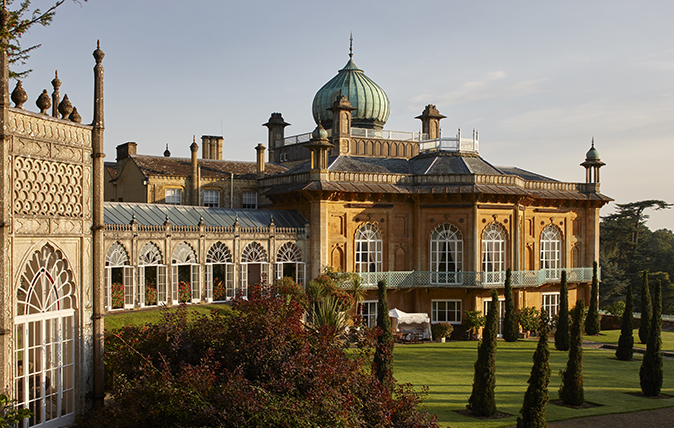
Sezincote: The Cotswolds country house built in the Neo-Mughal style
Sezincote strives to recreate accurately the architecture of India in the heart of England.
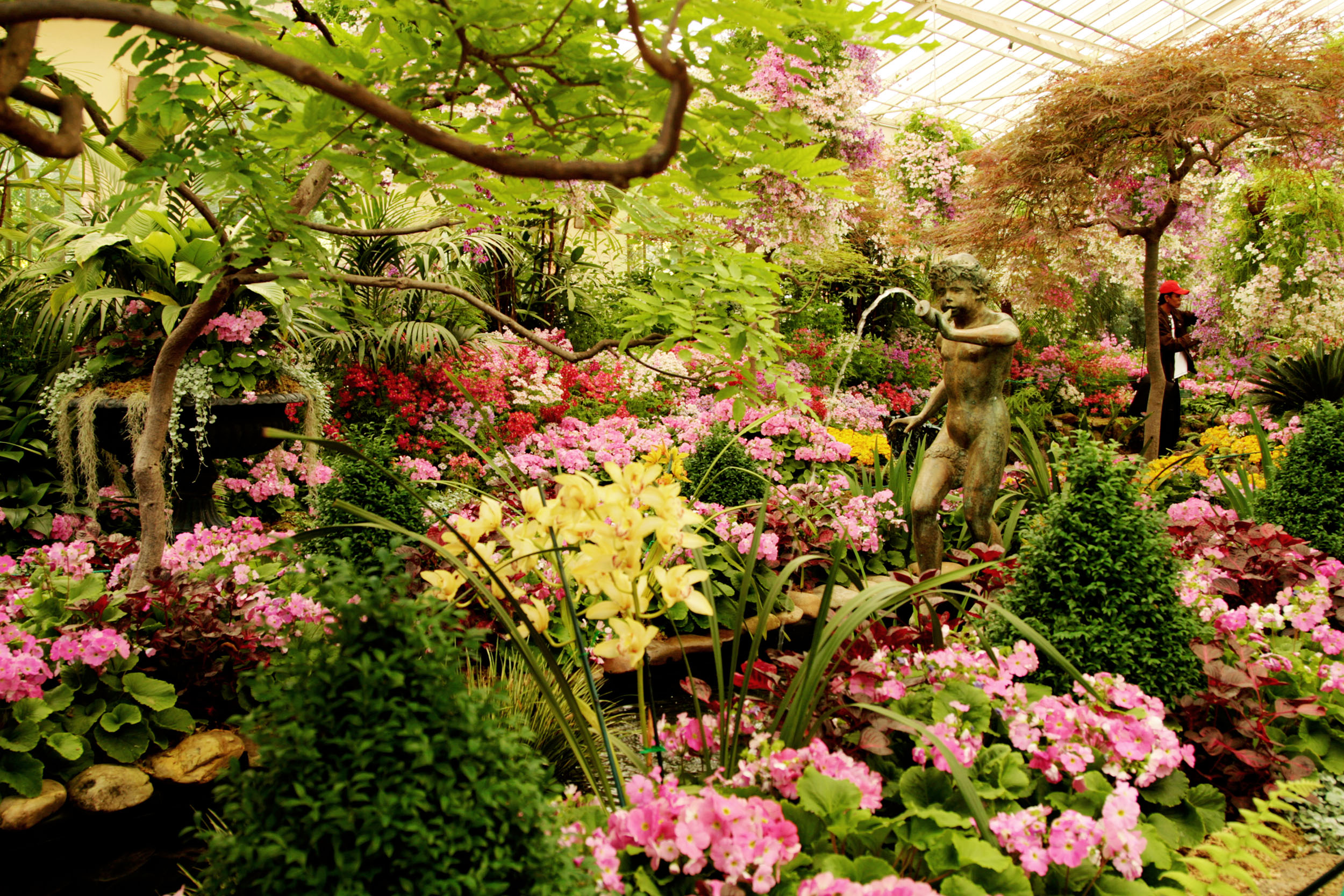
Credit: Moment Editorial/Getty
Alan Titchmarsh: Why I've decided that life's too short to keep growing the same old things in my greenhouse
Alan Titchmarsh's greenhouse has become a bit predictable – but he's now got big plans to mix things up.
Toby Keel is Country Life's Digital Director, and has been running the website and social media channels since 2016. A former sports journalist, he writes about property, cars, lifestyle, travel, nature.

